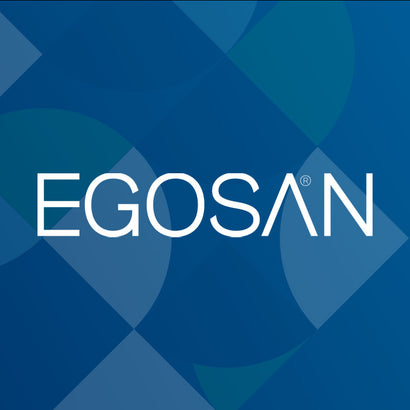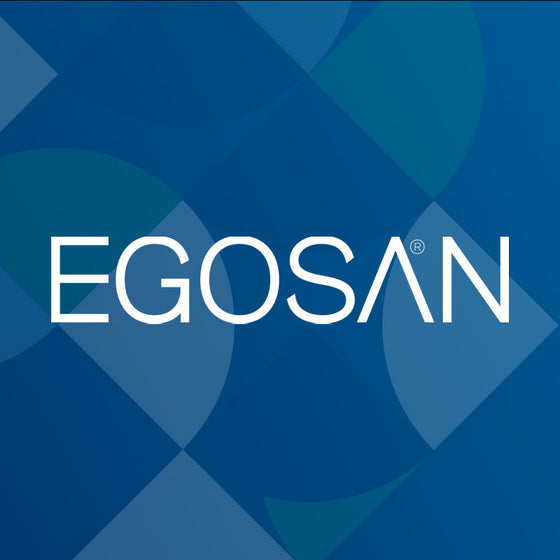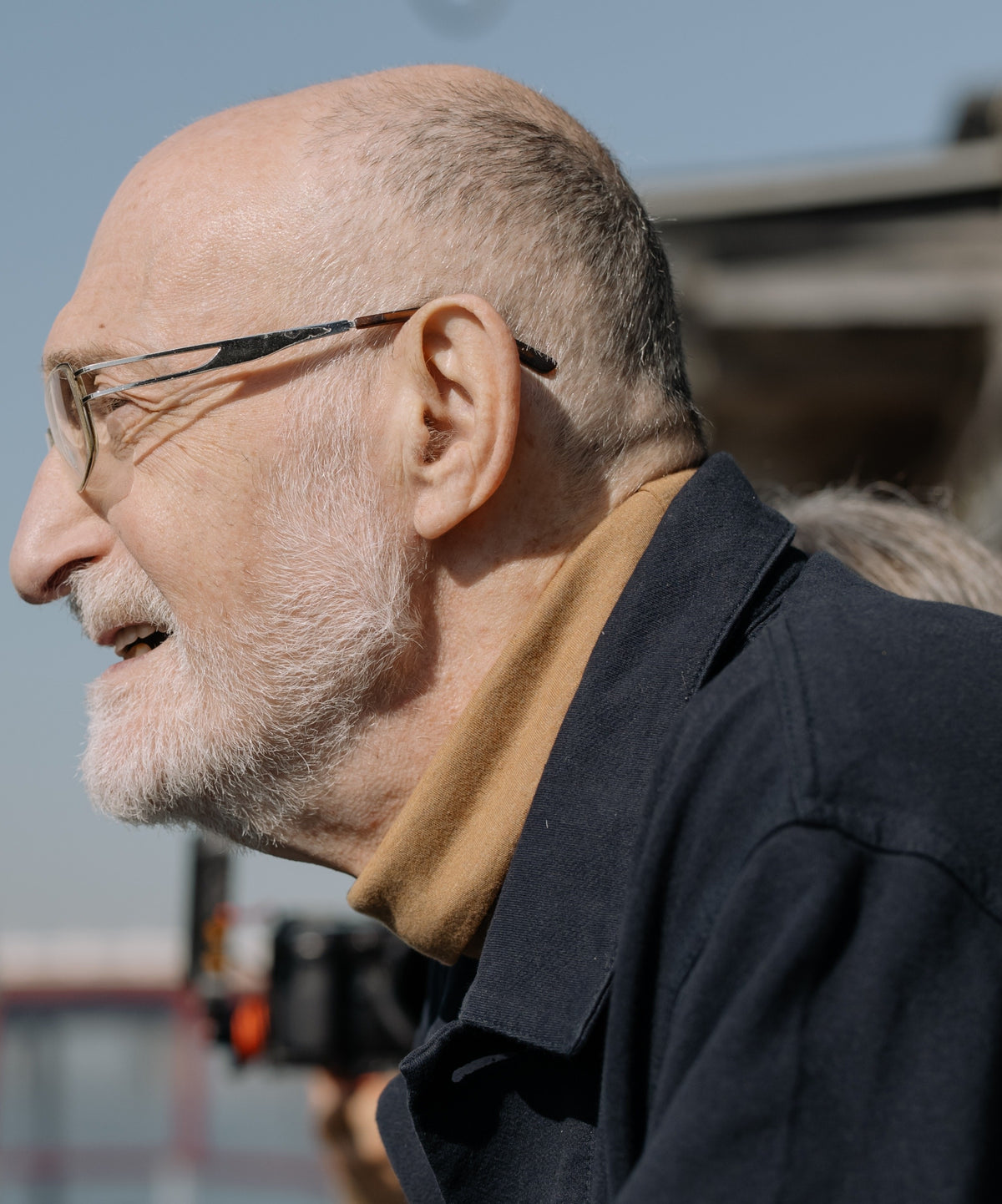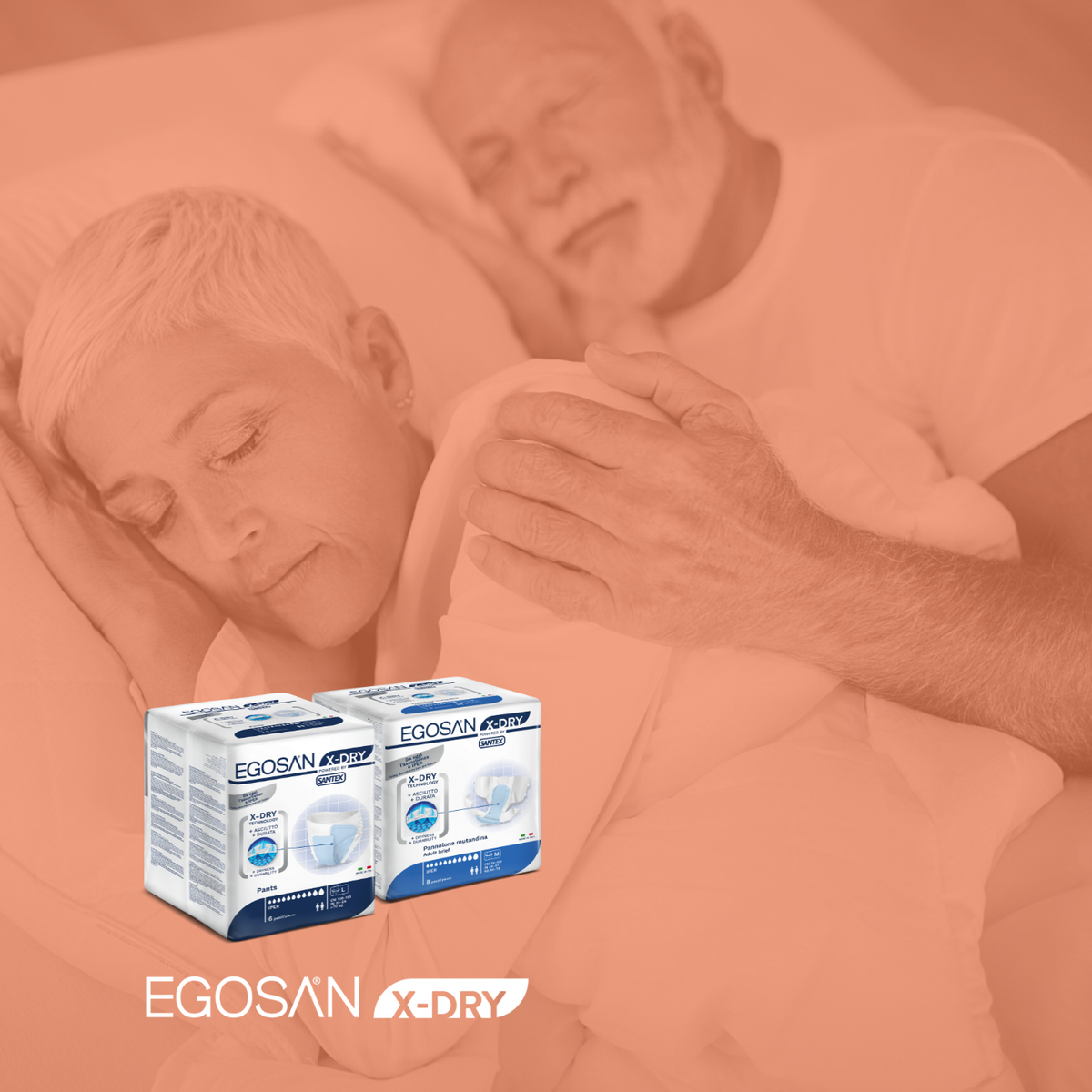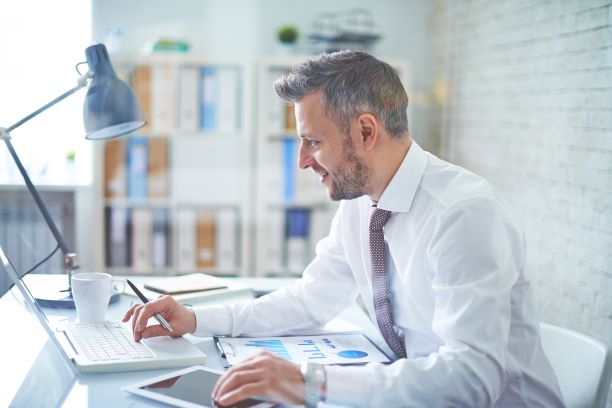Will Pregnancy and Childbirth Increase Your Risk of Developing Incontinence?
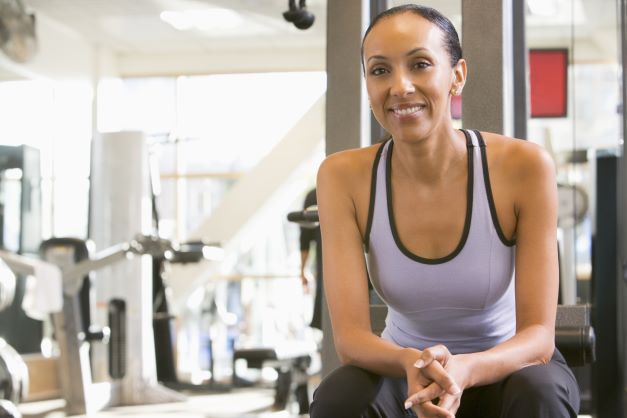
Most women who give birth experience moments of awe and gratitude after experiencing such a miracle. However, few would say that the experience left their body unchanged. Since we’re human, most of us can appreciate our bodies for what they’ve done yet also find ourselves upset over some of the changes that may or may not resolve over time.
Incontinence, whether just a few embarrassing leaks or full bladder accidents, is one of those less than welcome changes that many women face.
Stress incontinence
Incontinence often starts with “stress incontinence.” You know the feeling.
You cough or sneeze or even laugh hard and whoops! You’re crossing your legs trying to stop a urine leak.
Stress incontinence is incredibly common for women post-childbirth though it’s also a frequent issue for post-menopausal women even if they haven’t given birth.
Urge incontinence
Urge incontinence can happen directly after childbirth but often becomes more evident with age. Urge incontinence is just like it sounds. You get the “urge” that you need to urinate but have less time – often much less time – to make it to the bathroom. Urge incontinence can be a bigger issue than stress incontinence because often a person can leak a lot before they make it to the toilet. Some even experience their bladder spontaneously emptying. This is obviously distressing both because of the mess as well as the embarrassment if others are around. Members of our Egosan Incontinence Support Group have mentioned standing in line at a store when they’ve had their first urge-related bladder incident. Ugh!
See your doctor
First of all, don’t panic. Many issues resolve after our bodies heal from our pregnancy and childbirth challenges. Talk with your doctor about your symptoms and how long these should take to resolve. If you or your doctor feel that you might continue to have issues you may be told that you should see either a gynecological urologist (if one is available) or a general urologist. The main idea is that you shouldn’t handle this without medical advice.
Treatment
You’ll likely be offered therapy as a first step. If that isn’t effective there are medications, devices, and even surgical options. You’ll need to do it step by step and carefully weigh the risk vs. the potential benefit of each attempt to correct your problem. Your doctor will expect this.
Ongoing incontinence
Protection from urine leaks, full-bladder accidents, and even fecal (bowel) incontinence is essential during all stages of this journey. Egosan offers products of different sizes and absorbencies from their thicker pad for post-partum discharge and/or heavy incontinence through medium to thin pads as you find yourself improving.
If you are one of the people who will continue to need incontinence protection that may or may not exceed what even the best pad can give you, Egosan has a full line of pull-on and diaper style briefs. Whether you’re looking for a lighter pull-on or a hyper-absorbent overnight brief like our new X-Dry you’ll find it here.
If you’re feeling a need for support, you’ll find us there for you, as well. Look into Egosan’s private Incontinence Support Group on Facebook.
Egosan is here to help you through the challenge of dealing with your incontinence so that you’ll be able to put it in the back of your mind while you get on with the rest of your life.
***
For overnight or long-term protection try our new X-Dry. X-Dry offers most people 8 hours of protection.
Discover the Difference. EGOSAN - the Top-Rated incontinence brand from Italy. Now Available on Amazon.
***Egosan is PEFC certified. This certification guarantees that their products are from sustainably managed forests and recycled, controlled sources
